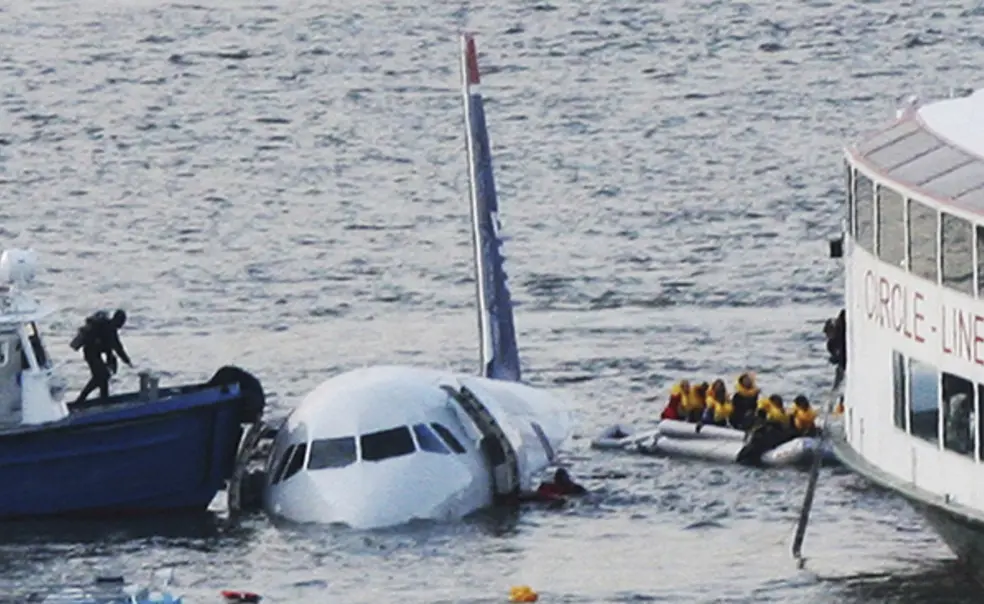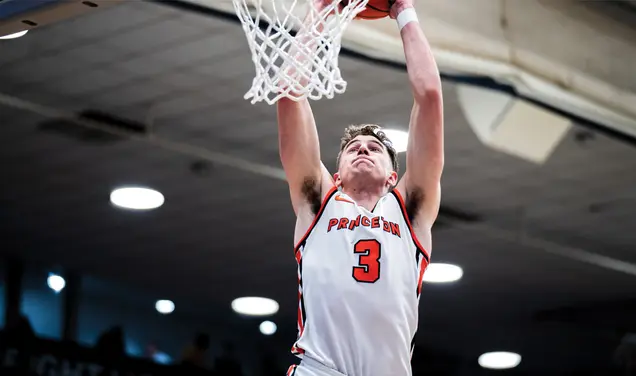What I Learned: When You Think You’re About to Die
Most people in the world today have probably wondered what it would be like if they thought they were going to die in just a few minutes. Most of these people will never find out. They will pass away too quickly to realize what is happening or only after a long decline or maybe in some other way. But some people have been confronted with the sudden possibility of death in just a short period of time — a few minutes or hours. On Jan. 15, 2009, I joined this group.
I was a passenger on US Airways Flight 1549, which departed from LaGuardia Airport at about 3:27 p.m. bound for Charlotte, N.C. About 90 seconds after takeoff, as the aircraft was still climbing at around 2,900 feet and beginning to bank left toward the Hudson River, it was hit, pounded really, all over the aircraft by a flock of migratory Canada geese, two of which flew into one engine and one of which flew into the only other engine, disabling both. Almost immediately, a small amount of acrid smoke began to emit from the air vents — the aroma of geese cooking in the engines. For a brief moment, I wondered whether we would be suffocated by the smoke filling the cabin, but it quickly dissipated and then stopped altogether.
With no sound from the engines, it was obvious that the aircraft had lost power. It had become a glider. After a short further ascent powered by our pre-strike thrust, we began to descend. Although our angle of descent was steeper than the usual descent for a controlled landing, it did not feel precipitous. Everyone in the cabin remained calm, although the collective feeling seemed very tense.
Then, about 90 seconds after the bird strike, Captain Chesley Sullenberger — the now universally known Sully — came on the public address system and in a clear, calm voice said, “Brace for impact.” I had never heard those words on a commercial aircraft before, and they seemed puzzling because, although we were descending, we were still aloft and under control. From my aisle seat on the left side of the aircraft, I could look down on the apartment towers of the Bronx, still well below, and we did not seem to be about to make impact with anything. Immediately after the captain’s announcement, the well-trained flight attendants began moving up and down the aisle shouting “Brace, brace” and instructing us to bend our heads to our knees and wrap our hands over our heads.
By now, familiar with the topography of the New York region, it seemed to me that there was no place for the aircraft to land other than the Hudson River. This was not Kansas or Nebraska, where a clear, flat field might offer a safe, though risky, landing.
During our descent, the 150 passengers continued to remain completely calm, at once together and also alone. I thought about what was likely to happen and I was cautiously optimistic that we would land safely. I remembered a Pan American flight that ditched in the Pacific in October 1956, with no loss of life, and I thought that if they could do that then, there was no reason why it could not be done now. So, I began to consider what I would do after landing. I quickly concluded that I would follow what the airlines, in their preflight safety demonstrations, typically told passengers to do: Go to the nearest exit, which may be behind you. Seated in the third row from the rear, that was my situation.
Turning south, the aircraft cleared the George Washington Bridge to our right and moved out over the Hudson. I could see traffic on the Palisades Parkway to my right across the river. To my left, I could see apartment buildings, traffic on the West Side Highway, even pedestrians and runners alongside, apparently ignoring the Airbus A320-214 descending toward their level. On both sides, it was a completely typical late afternoon in New York. It seemed impossible that anything cataclysmic could happen in such a sea of normality.
Lower and lower, we drifted — now at eye level with the apartment buildings, then with the highway. Suddenly, with a huge and loud crash and lots of spray on both sides, we “landed.” The left engine was torn away, skewing the aircraft to the left. The underbelly was ruptured almost directly below my seat. A ceiling panel fell on me, which was not heavy but awkward. Wrestling it aside, I got out of my aisle seat — and water from the fuselage fracture was already up to my thighs. Everyone else moved to the front of the aircraft. What had been calm now became what might be viewed as civilized pandemonium as everyone was highly motivated to get out fast, but no men pushing women aside, generally no one trying to take hand luggage.
I missed most of that, however, because I was headed for the rear according to my “plan.” I did not realize, however, that the aircraft had landed on an angle, just like most aircraft land and just like you could see later in the video from a riverside building security camera. This meant that as I moved further to the rear, the water was getting deeper, augmented by the water surging up from the fuselage rupture. By the time I passed the two rows of seats behind me and the restrooms and entered the rear galley, the water was up to my neck. I could see immediately that I was not going to be able to get out though either of the two rear exit doors as the water outside, visible though a small porthole in each door, was up to the level of the water inside and one of the two doors had been twisted shut in its casing.
By now, the water level was creeping up my neck and I realized I was going to drown. Having survived an emergency landing on the Hudson River, I was going to drown because I had followed instructions on what to do in a water landing. I was immobilized. Then, in the galley’s semi-darkness on a late winter afternoon in New York, I had three thoughts that probably saved my life: I thought of my wife, Sabine, who was going to be a widow at a relatively young age; I thought of my daughter, Maria Dorothy, who would grow up without her father; and I thought, “She is only four years old, she’s never even going to remember me.”
Those thoughts galvanized me, almost physically shook me, into thinking, “You don’t want to just die. You want to do something.” I thought that there probably wasn’t anything that would work because there were 149 other passengers ahead of me trying to get out of there. But at least I would die trying.
I fumbled around trying to kick and pull myself out of the galley. It is not easy to move in water that is up to your neck but gradually I was able to get back into the main aisle, from which I could see, all the way up the aisle, that the two forward doors were open and light was coming through both of them. I couldn’t see anyone. Everyone was out. I could make it! Better yet, as I moved slowly forward, the water level went down and I realized for the first time that the aircraft was sinking at an angle and I had been in the lowest spot. I got all the way forward (not noticing the over-wing exits, which may have been at least partially submerged at that point) and there was no water at all. I went out the right forward exit, took a seat in the deployed life raft, and waited for the ferryboat that would soon pick us up.
So, now I have joined, along with the other 149 passengers and the five crew members, the relatively small group of people who know what it’s like when you think you’re about to die and survive. It should be a comfort to all of the passengers and crew on Flight 1549 that they can look back on the experience for the rest of their lives and know that in a time of peril they behaved well.
James J. Hanks Jr. ’64 is a corporate lawyer with Venable LLP in Baltimore.
A Call for Alumni Voices
Throughout the year, PAW will publish essays by alumni on a wide range of topics that could help other alumni navigate through careers, family issues, and ethical dilemmas, among other things. Essays can be serious or funny, but they should have a strong voice. Send your idea — not a completed essay — to pawessay@princeton.edu.












No responses yet